Belmore Court: Your next best stay in the West
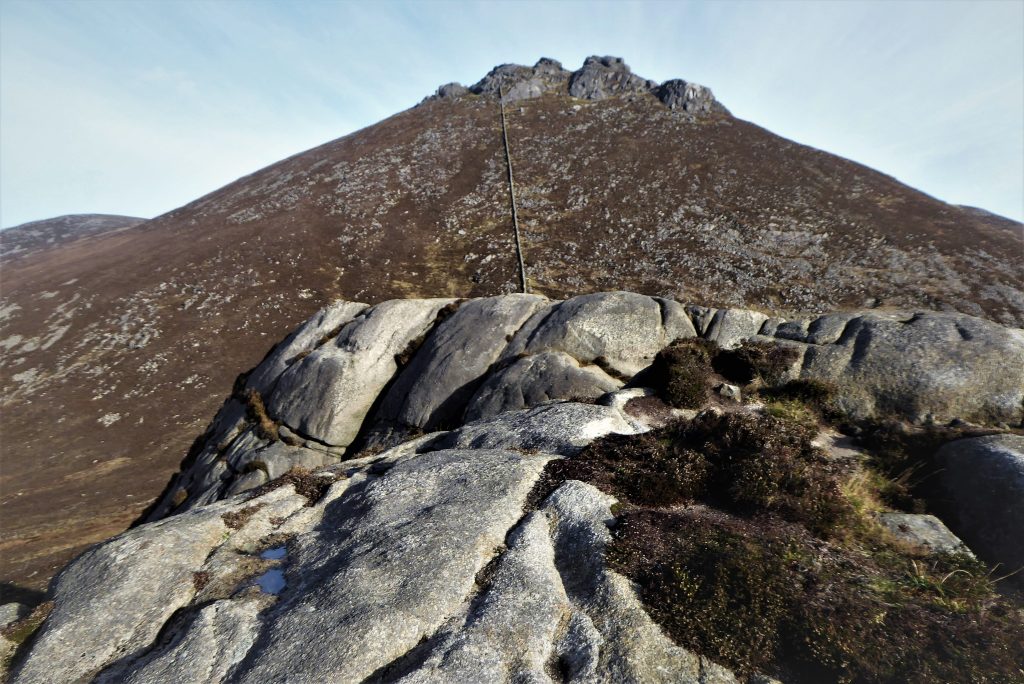
Would you like to sponsor this article?

This walk covers what is probably the easiest approach to Wee Binnian, with relatively safe, undemanding access to its 460m summit. The abandoned quarry offers an interesting diversion on the return walk. The start point is a quarry track opposite the head of Brackenagh East Road.

The track starts off bordered by gorse-clad stone walls. The surface is reasonably good although it deteriorates slightly as it makes its way upwards, becoming narrower and rockier. The views ahead are dominated by 747m Slieve Binnian, with Wee Binnian adopting a minor role in keeping with its lesser stature. To the south, the distant County Louth highpoint Slieve Foye sits above the town of Carlingford on the far side of Carlingford Lough while closer to hand, the hill of Knockchree rises from the green fields of the village of Attical.
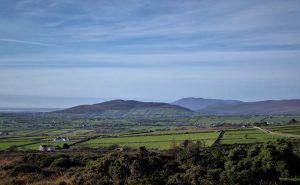
About a kilometre from the start, the track reaches a metal gate which opens onto a wide path leading off to the right before looping back to take a fairly direct line towards the southern slopes of Slieve Binnian. Take a moment to admire the gate post and its sturdy fittings. As Estyn Evans wrote in his book Mourne Country, “…the stone-worker must know how to work iron, and he takes a pride in his well-hung gates and farmyard fittings.”
SHOP: Organic Cotton Beanies, available in a variety of colours
Find Out MoreAs you close in on Binnian, the rock piles, intermittent dry-stone walls and crumbling remains of stone buildings all speak of a time gone by when the quarrying industry prospered. Several paths lead up to the quarry and its artefacts, but it’s handier to leave any exploration for the return walk. In the nineteenth century, the fringes of the mountains between Binnian and the Ballagh were among the most active stone-working areas in Mourne, the harbours at Newcastle and Annalong affording ready access to the growing British market for granite.


The clear path to Wee Binnian rises gradually, quite stony at first, but soon flatter and greener as it advances to a shallow gorge that can be negotiated easily with a little care. The landscape to the east is bleak, soggy moorland. To the south, the rounded top of Moolieve makes its way towards the Silent Valley. Once over the gorge, the gradient increases as the path approaches the wall.

You can continue to climb steeply alongside the wall, but an easier option is to take a path that runs off to the left and reaches a gap between two rock masses that presents a sweeping view over the landscape stretching down to the Irish Sea. Its position and morphology are best seen from the slopes of Slieve Binnian.



After admiring the vista, take the well tramped path back towards the wall. At the top end of the wall, turn right and head for the smooth, flattish rock platform that forms the 460m summit and enjoy the extensive views.





Begin the return journey by following the wall down until it meets the path running off to the right towards the gorge and green path. About 140m after crossing the gorge, take the offshoot from the green path that peels away to the left and rises upwards towards a crumbling stone building. Pass to the left of the structure and follow the path as it wends its way up and along through rocky surroundings and crosses a mountain stream before descending to reach the abandoned quarry, which sits between the steep mountain slopes and a flat, grassy terrace above the moorland beneath.



Several small stone buildings in varying states of decline surround the quarry, and rusting remnants of quarrying equipment can be found scattered around the site. In its prime, the quarry was operated by A Robinson & Son of Annalong. The firm built its reputation by supplying Mourne granite setts and kerbing blocks to pave the streets of Belfast and many English cities including Liverpool and Preston. The firm survives and prospers today, still firmly rooted in Annalong. It has diversified successfully, offering many stone-based services including memorials and headstones, the production of residential solid work surfaces and the supply and installation of architectural facades.
A rocky path leads down past a tumbling stream to the main track and onward to the gate. Look out for stonechats flitting through the rocky vegetation at the trackside. The little birds are about the size of a robin and as the name suggests, their distinctive call is a loud, sharp sound that recalls two stones being tapped together. From parking to peaking and back, the walk can be completed comfortably in less than three hours.

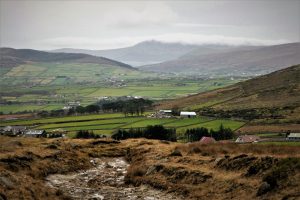
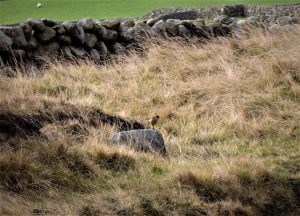
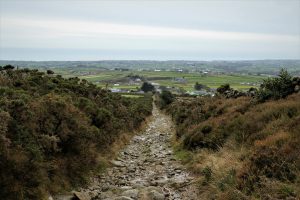
OSNI Activity Map: The Mournes (1:25000)
OSNI Discovery Series: Sheet 29 (1:50000)
Harvey Mourne Mountains, Superwalker XT25 (1:25000)
Nov/Dec 2021
…you fancy a quick, invigorating walk in beautiful surroundings with an opportunity to take a glimpse at the industrial history of the Mournes and the former workplace of many men of Mourne. The walk would be an ideal taster for anyone wishing to dip a toe into the world of hillwalking. The route can be extended to include Slieve Binnian. However, it involves a challenging ascent with very steep gradients and would be best suited to experienced hikers with a good level of fitness and the stamina for a long trek.
From the north, take the A24 Newcastle Road, then the A2 towards Kilkeel. About 5½ miles after passing Newcastle Harbour, turn right at the sign for Silent Valley. After just over 3½ miles, look out for Brackenagh Road East on the left. Park at the head of the road. On weekdays, there is usually ample space for three or four cars without causing inconvenience to locals. At weekends, you may need to park at Silent Valley and walk back up Head Road to the start point.
6km (3½ miles). Add a couple of kilometres if you park in Silent Valley. If parked in Silent Valley, you may find it easier to return there via Moolieve. It’s a straightforward route that follows the wall, much easier if you keep to the right until crossing the stile on the descent from Moolieve and continuing on the left of the wall to meet a last stile, which leads to the car park.
2½ hours. Add half an hour if parked at Silent Valley.
READ: The hike that broke up the mundane in the Western Mournes
Find Out MoreGranite quarrying in Mourne
The history of Mourne granite extraction stretches back centuries. A Mourne millstone used in a tidal mill at Nendrum Monastery in the Strangford area dates back to the eighth century. Some of the kerbstones surrounding the 5000-year-old Newgrange Stone Age passage tomb in County Meath are believed to have originated in the Mournes.
In the medieval period, granite was used extensively in the building of castles and churches and from the seventeenth century it was also in demand for gravestones. The eighteenth century saw splendid granite residences and public buildings appearing in County Down and in the early nineteenth century, the Roman Catholic Church, liberated from years of penal repression, approved the building of large Gothic chapels in the local dioceses.
The nineteenth century saw the greatest expansion of the Mourne granite industry and with it came the opportunity for local subsistence farmers and fishermen to supplement their meagre livelihoods with reliable income. The growth of Belfast stimulated a demand for roads, pavements and new buildings, while the burgeoning wealth of industrial towns and cities in Britain called for improved transport and civic infrastructure. The harbours at Newcastle and Annalong facilitated access to British ports and at the beginning of the 20th century an average of eighteen boatloads of granite sailed out of Annalong to Britain every month.
As mechanisation increased in the 20th century and trade with other stone producing countries opened up, the skills of the stone-men were in less demand and the Mourne granite industry began a gradual decline. However, those skills, honed over the generations, are still called upon when dry-stone walls need built, restored or repaired. Brothers Andrew and Brian Rooney are local stonemasons who run the business established by their father, Thomas Rooney & Sons, based near Slieve Binnian. They were recently employed to repair collapsed sections of the 22-mile Mourne Wall, a task which they and their team of stonemasons completed by employing the traditional methods and skills that their grandfather had used on the original wall.
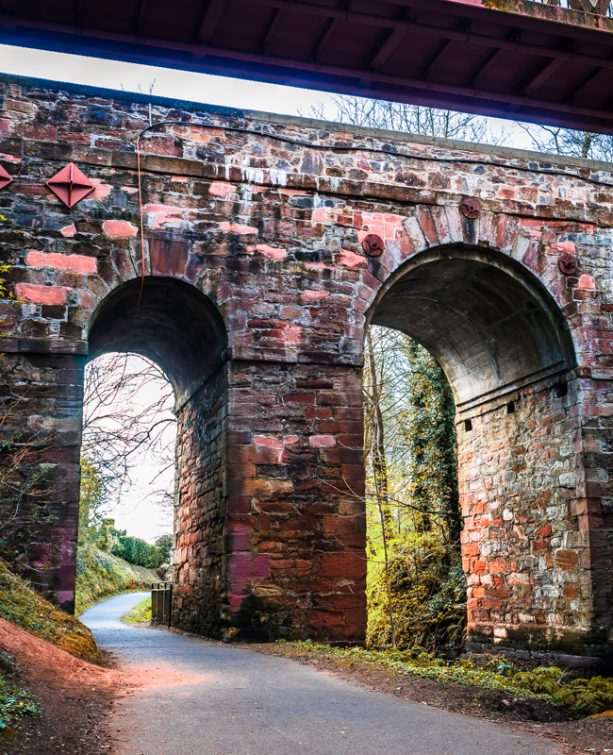 Belfast,Photography
Belfast,Photography
5 scenic walks around Lisburn
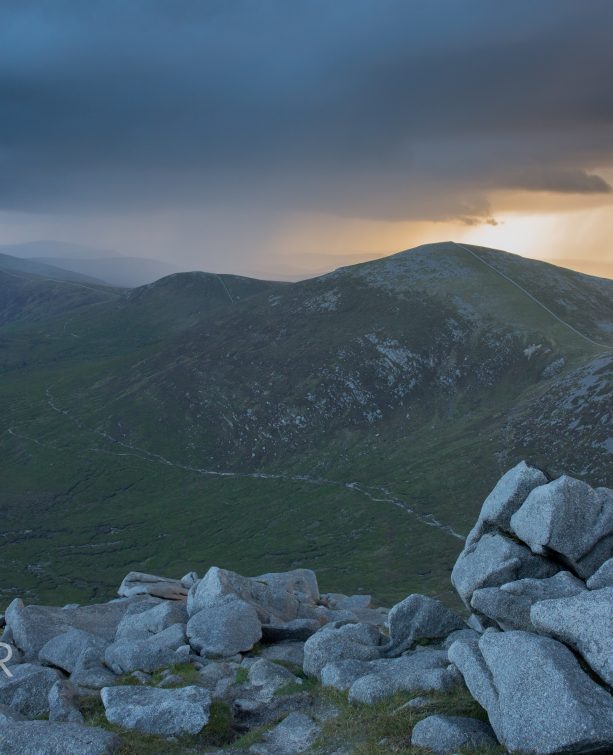 Mourne Mountains
Mourne Mountains
Bearnagh: Chased the sunset, caught the rain
 Mourne Mountains
Mourne Mountains
Camping in the High Mournes
 Fermanagh and Tyrone
Fermanagh and Tyrone
Cuilcagh: Stairway to Heaven
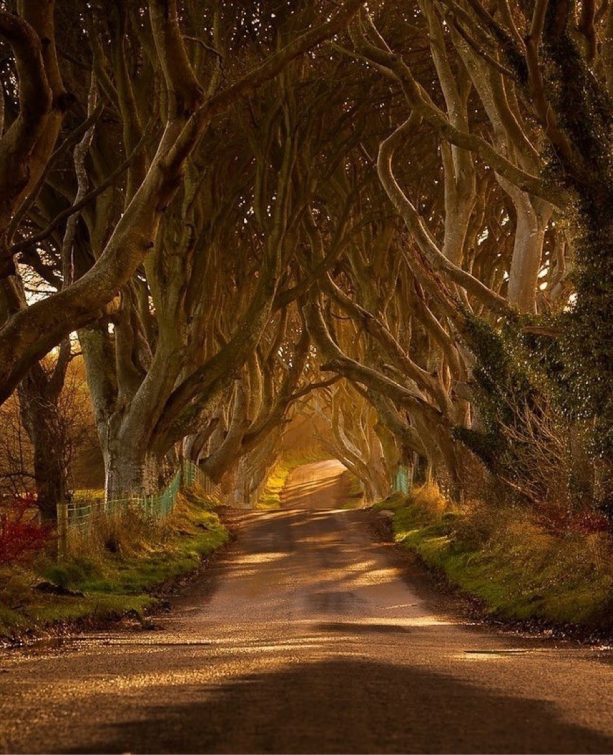 Features
Features
Every Game of Thrones Location in Northern Ireland
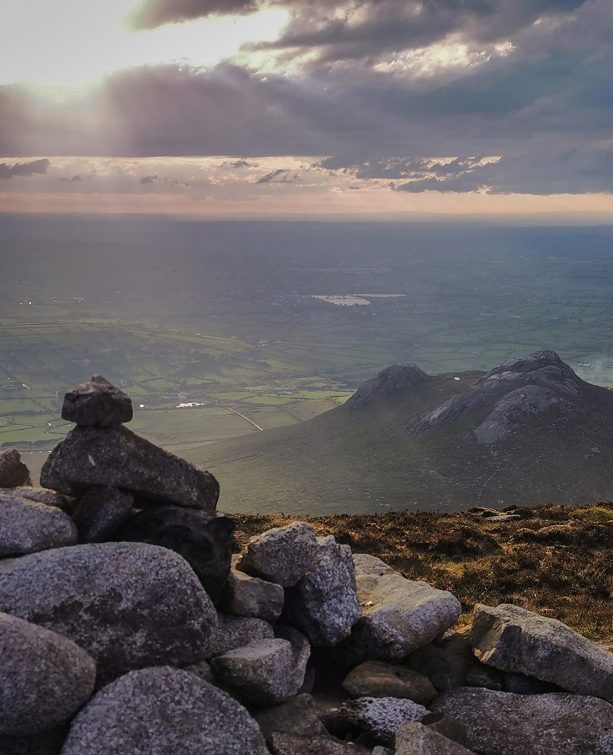 Mourne Mountains
Mourne Mountains
Hen and Cock Mountains
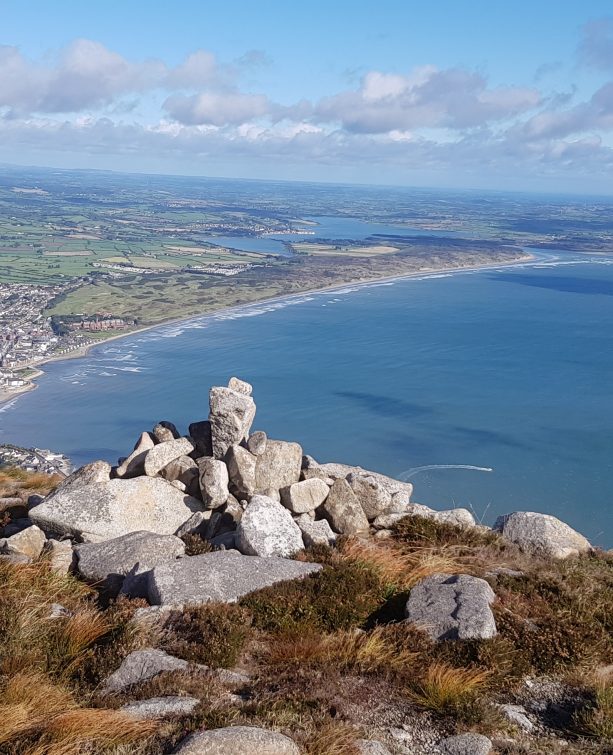 Mourne Mountains
Mourne Mountains
Leganabrachan, Millstone and Thomas: Donard’s Seaside Bodyguards
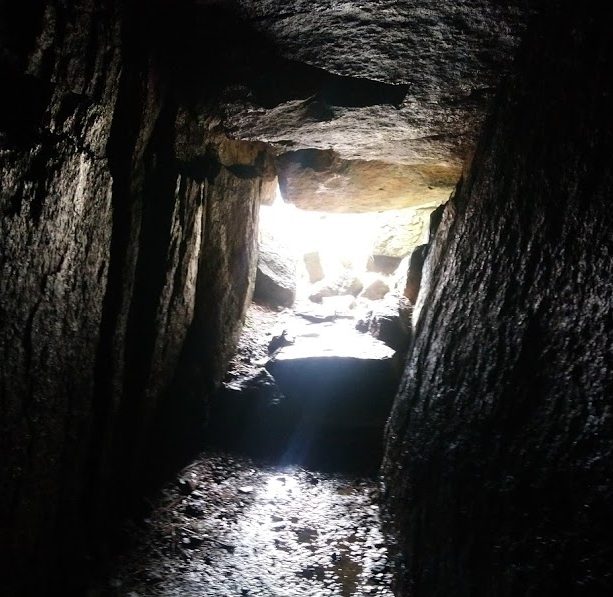 Mourne Mountains
Mourne Mountains
Percy Bysshe and Cove Caves